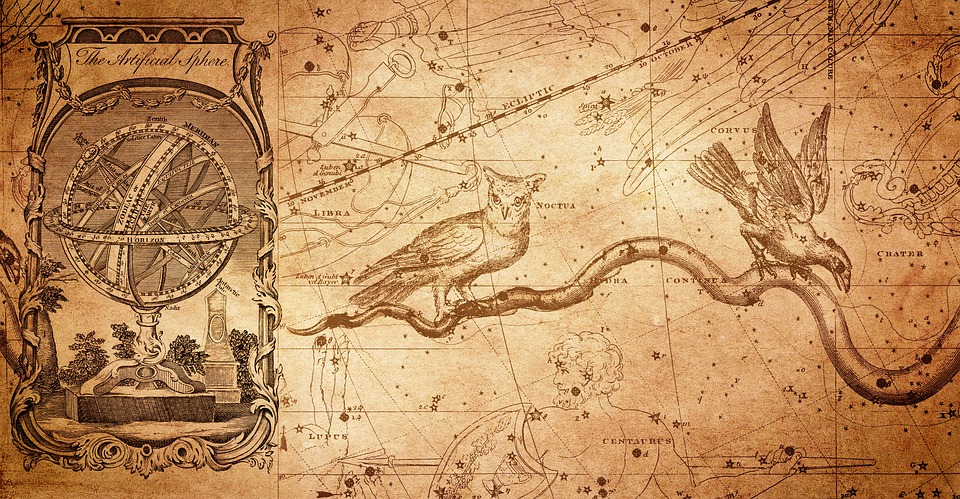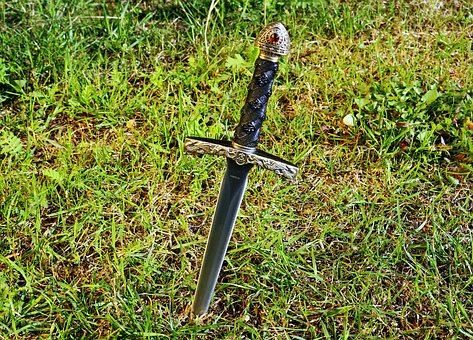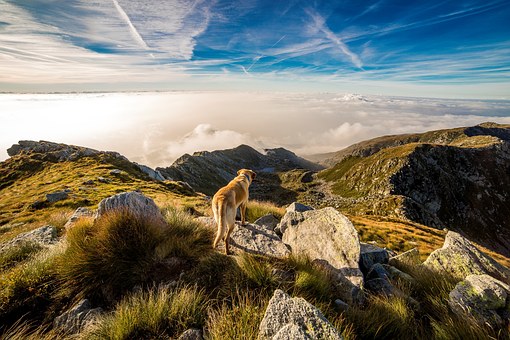by Brian Edward Rise
The site of Arthur‘s ninth battle in the Historia Brittonum. Geoffrey of Monmouth‘s “City of the Legions” is meant to be Caerleon in S.E. Wales and here Arthur holds court but fights no battle. However, in the Annales Cambriae Chester is the City of the Legion and likely the place referred to in the battle list.





